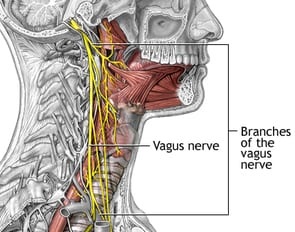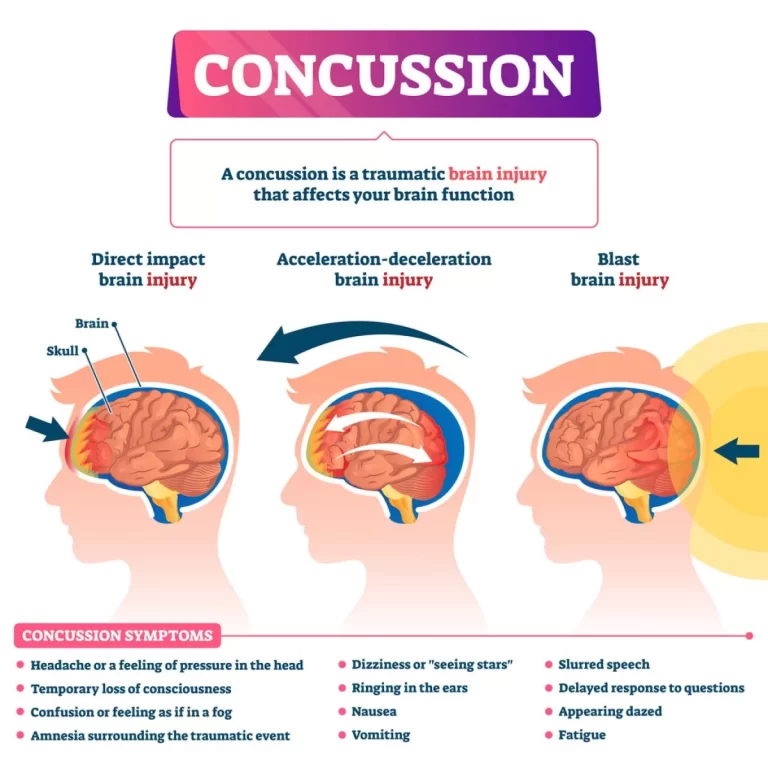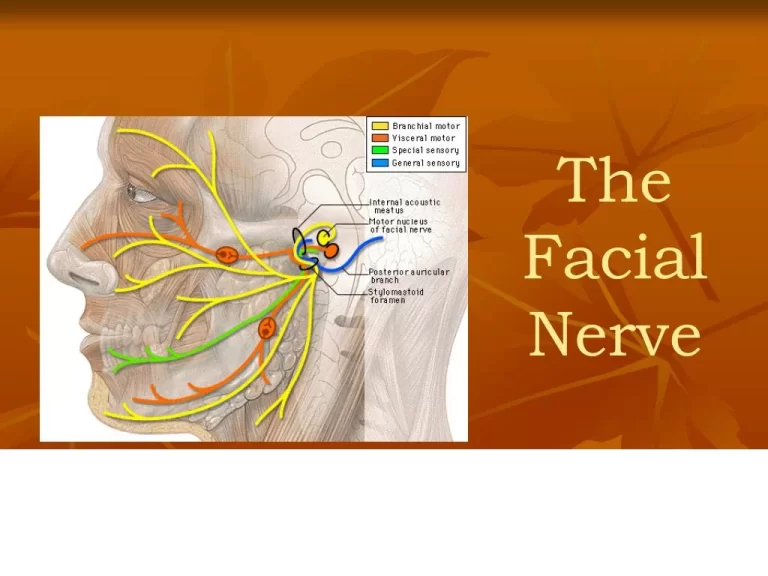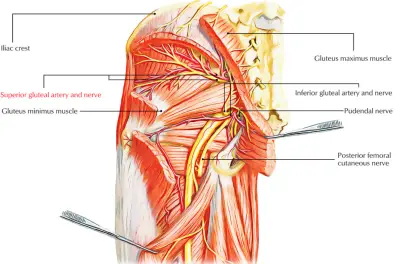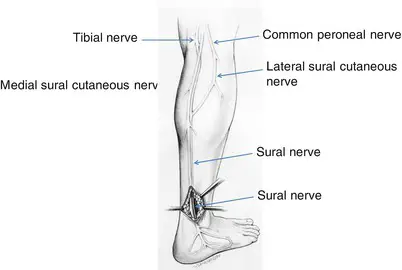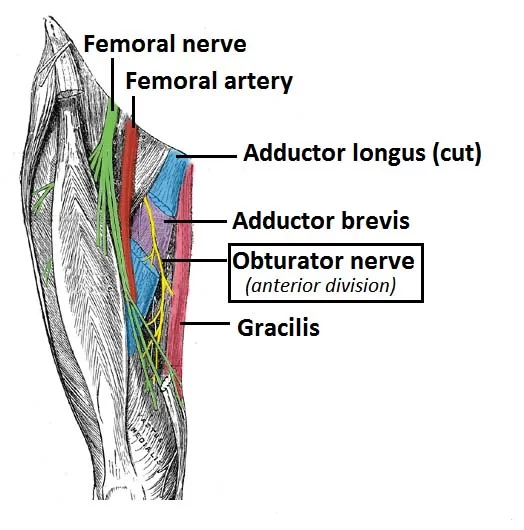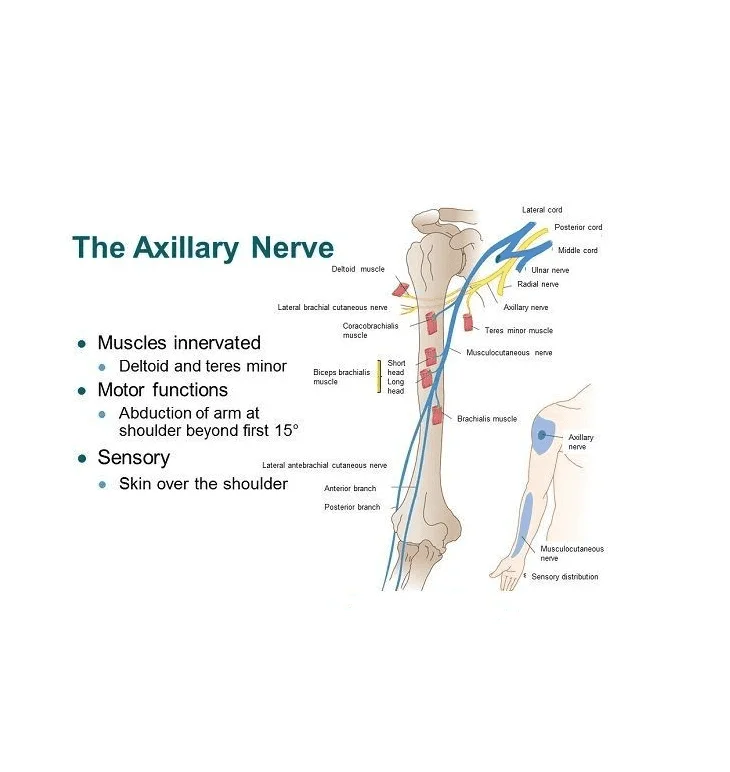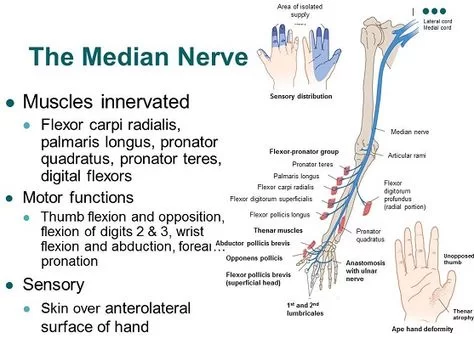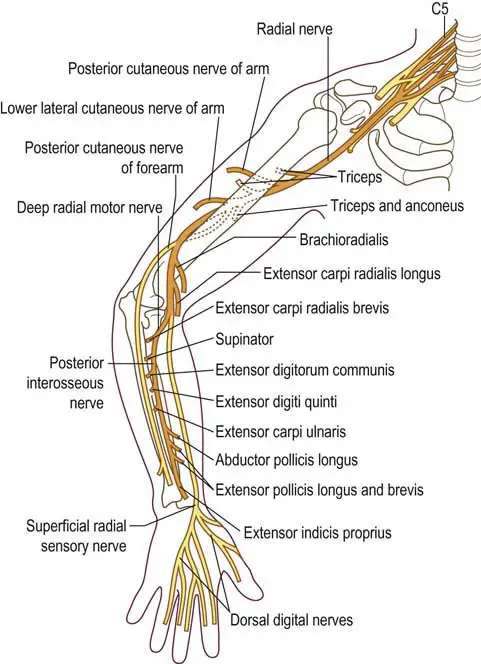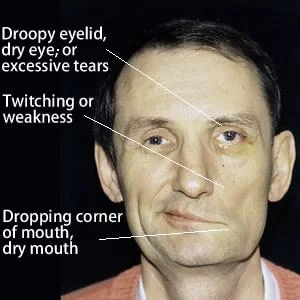VAGUS NERVE
INTRODUCTION The vagus nerve is the longest and most complex of the 12 pairs of cranial nerves that emanate from the brain. It transmits information to or from the surface of the brain to tissues and organs elsewhere in the body. The name “vagus” comes from the Latin term for “wandering.” This is because the…

